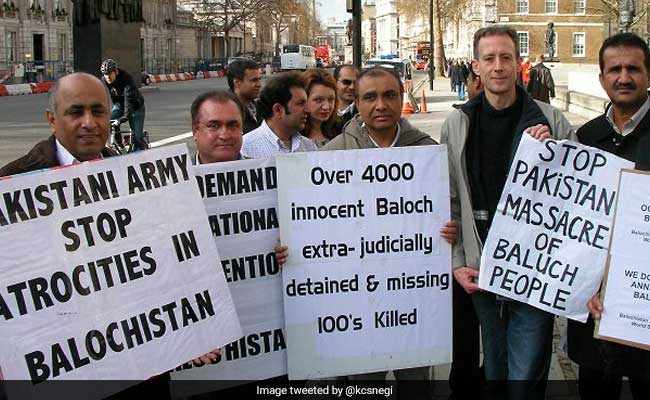
Team News Riveting
Living under the shadow of Pakistan-backed terror, Balochistan media is heading for a new lease of life.
The circumstances created a major vacuum for information dissemination in the province. The alternative or ‘new’ media is emerging to fill it. The rising alternative media include online newspapers, Facebook streaming shows, and YouTube Channels.
Over the last two years, there has been a rise in the number of such alternative media which are trying to fill the gap in the media paradigm of the province. Balochistan has been called an information black hole for the better part of the last two decades.
Pakistani suppression and atrocities besides human rights violations failed to find a space because of the absence of free media faces in the province. Censorship caused by national security concerns, a financial crisis and lack of interest in media in Balochistan has culminated in the province becoming a non-issue for the national media paradigm in Pakistan.
The absence of free and balanced media coverage from Balochistan has further exacerbated the state of affairs in the province. Balochistan is facing one of the worst phases of governance, unaccountability and imprudent decision making. Local press in Balochistan, funded through government advertisements, cannot be a true mirror of the situation given its dependence on the provincial exchequer for its operations.
Likewise, the trend of Facebook streaming shows and YouTube channels has also kicked off in Balochistan during the last one year. Azadi News, the Urdu newspaper founded by late Siddique Baloch, was the first to start this trend in the province. This was followed by Intekhab and other newspapers of the province. Later on, nationwide web portal Sujag also started its Balochistan forum. Besides, Baloch diaspora also operates a few YouTube channels covering Balochistan.
The land of Balochistan had been endowed with rich resources but unfortunately, it could not be explored and people still live in misery. This had resulted in the demand of separate Balochistan that Pakistan had been suppressing by force.
The economy of Balochistan is mainly based upon the production of natural gas, coal and other minerals like gold, copper, etc. Agricultural development could not take place due to the absence of power, water, and adequate transportation facilities. Wheat, rice, Jowar are the major food crops, and fruits are the principal cash crops. In addition to this great majority of the population is involved in sheep grazing.
The sheep provide high-quality wool, a part of which is exported. Small scale industries are confined to cotton and woolen manufacturing, carpet making, textile, leather embroidery, and food processing.
The rise of the new media is a blessing not only for the populace but also for journalists of the province. It had ended the monopoly of mainstream newspapers and TV channels in the province. Journalists could live broadcasted from anywhere in Balochistan through social media platforms.
These alternative media platforms have also democratized the flow of media information. Now, the decision about what will be made public or not will be made by the public and not by the chosen few in the mainstream news organizations. This has also helped in countering censorship because it’s easier to control news channels and newspapers as compared to the alternative media which is facing mushroom growth.
Also, using the same argument, the government is also trying to censor the entire new media paradigm in the name of moral and ethical policing. In the past, PEMRA has issued absurd provisional instructions whereby journalists would be required to pay hefty fees to register their web channels. Government regulation is a hanging sword on the new media for now.



